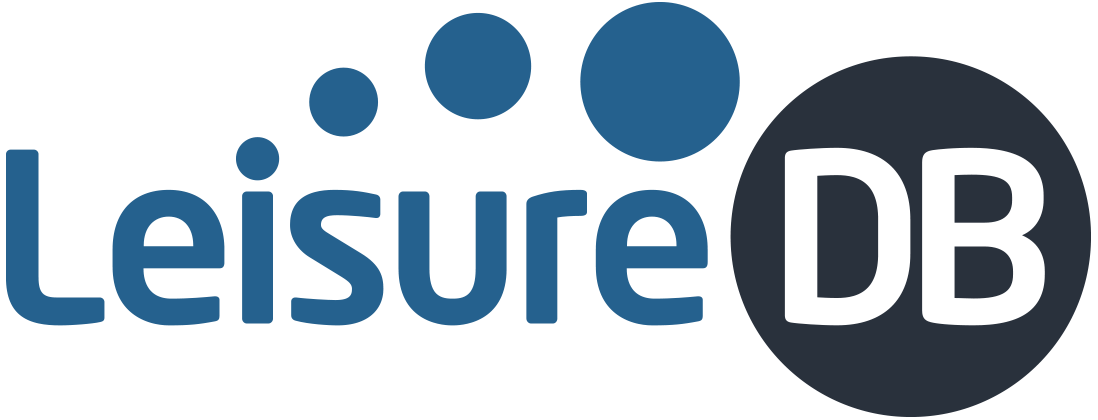David recently attended IHRSA 2016 in Orlando as a roving reporter for the Leisure Review. Here's his article from the event:
Almost two years to the day from when Mark Zuckerberg announced that Facebook had purchased the virtual reality (VR) start-up Oculus Rift for around $2 billion, the VR units appeared at IHRSA and Mark’s sister, Randi Zuckerberg, was a keynote speaker.
Sponsored by Matrix Fitness, Randi’s Keynote was titled It’s Dot Complicated and was the first IHRSA keynote to use social media channels to broadcast her inspirational session live. For those who missed it (and in advance of the Leisure Database Social Media Index Report), these are the top five social media channels for fitness professionals.
Number one: YouTube. Video is the way to engage with your audience but few in the UK have this as their priority so far. Six of the top ten public sector brands do not have a channel and only five private brands have over 200,000 views. Number two is Facebook; no surprises there. Facebook is the most common social media platform among UK fitness sites. Number three is LinkedIn. As professionals you can target influencers and expand your network. Four is Instagram. I’ve already banged on about how many public and private fitness brands are neglecting this highly engaging and superior indexing platform. Five is Twitter, the second most popular platform in the UK. Lots of trade suppliers, including MyZone and Precor, used Periscope on Twitter to share their IHRSA showcase live.
On the IHRSA show floor it was like CES (Consumer Electronics Show) meets Fitness. MyZone, Polar, Microsoft, Intel, Reebok, NEO and Garmin were among the main companies who made the move from Vegas in January to Orlando in March, while new technology was evident among almost all companies exhibiting. It seemed like there was an app for everything. Seminars, such as the Fourth Industrial Revolution and the Impact on the Fitness Industry, came from Technogym daily. Precor had a separate section on ‘the future’ and were showing real-time configuration in use in the UK at EasyGym, where you can pay reception for screen access. MyZone moved centre stage with the new app, a sports bra (launched CES 2016), a new integrated T-shirt, group display and a host of online platforms.
As a cyclist I liked the Recon Jet smart eyewear from Intel, also launched at CES. The performance eyewear frame and lenses set wakes up using glance detection to provide live metrics such as heart rate, speed, cadence and power. The point-of-view-camera enables you to capture the moment and the GPS maps can be used to show location of other riders, which is useful when doing endurance rides. Microsoft Health is a good example of a tech company looking for a cause and the Band with continuous optical heart rate monitor, GPS, guided workouts and the usual calls and texts, email and calendar looks and feels too much like the now-defunct Nike Fuel Band.




